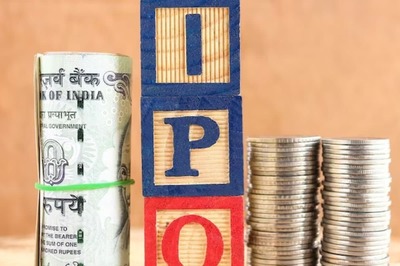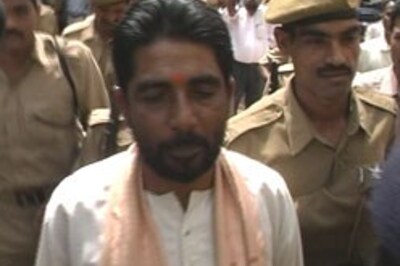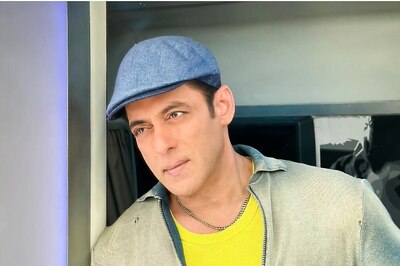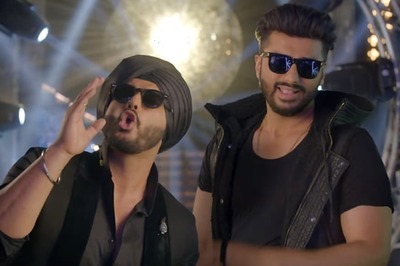
views
Industry body IEMC on Thursday demanded continuation of incentives given to electric vehicle sector and cautioned that the withdrawal of sops would reduce EV sales to 37 million units by 2030 from estimated 125 million.
According to India Electric Mobility Council (IEMC), India Energy Storage Alliance (IESA) has estimated that on discontinuation of the demand incentives, the electric vehicles (EV) sales in India will reduce from estimated 125 million units to 37 million units by 2030.
The central government launched the FAME (faster adoption and manufacturing of hybrid and electric vehicles) scheme in 2015, under which subsidies are given to electric vehicle manufacturers and the benefit is passed on to buyers. The second phase of the scheme FAME II was launched in 2019.
The scheme, which also provides incentives for setting up battery charging stations in the country, is likely to end in March next year.
“…to ensure sustained growth of EV adoption in India, more than 80 EV companies gathered in New Delhi and proposed a holistic reconsideration of demand and supply enablers impacting the EV industry post-FAME II scheme,” IEMC said in a statement.
IEMC also expressed concern over the government’s move to reduce subsidy under FAME II on electric two-wheelers from Rs 15,000 to Rs 10,000 per kWh and said the electric two-wheeler sales have dropped by more than 50 per cent due to this.
In May the EV industry sold 1,05,299 electric two-wheelers, in the subsequent month only 46,003 two-wheelers were sold, it stated.
In July the sales slightly improved to 54,176 units, however, it is still around half of what the sector did in the month of May, it noted.
“This data shows the dependence of the EV industry on-demand subsidies. As subsidies have been the key enabler for the EV ecosystem,” it said.
Based on IESA analysis, it is estimated that with all government support the Indian EV industry will grow at CAGR (compounded average growth rate) of 49 per cent till 2030.
In the best-case scenario with demand side incentives (such as FAME scheme), the estimated EV sales in 2030 will be 125 million units and in the worst case without demand incentives, it may drop to 37 million units by 2030, it added.
The industry stakeholders also suggested inclusion of commercial trucks and fleet mobility segments considering distance traversed by these categories, volume of cargo transported and potential fuel savings and CO2 reduction.
Sectors like construction equipment and tractors also need to be brought in the ambit of consideration to stimulate industry interest and encourage leading players to develop ‘make in India’ solutions for this high potential segment, they said.
Rahul Walawalkar, president of IESA and Chair, IEMC, said: “The need of the hour is a holistic consideration of all demand and supply-related enablers for Indian EV market growth. Learning from the experience of markets already leading in e-mobility adoption, similar holistic strategies have been adopted to decarbonize the transport sector.” There are a lot of steps that need to be taken beyond just looking at subsidies or incentives. The idea of this forum is to gather those inputs from across the industry and present it to the appropriate government bodies in a well-structured manner, he added.
Sudhendu J Sinha, Adviser (Infrastructure Connectivity – Transport and Electric Mobility), NITI Aayog, also asked stakeholders to think disruptively, think about new segments, additional enablers and provide recommendations that can help provide end-to-end solutions.
IEMC members include players from automotive manufacturing, component, R&D, charging, battery swapping, testing and safety standards among others.
Earlier this month IEMC had organised an industry dialogue between policymakers and stakeholders including players from electric two-wheeler (e2W), e3W, e4W, electric bus, truck, farm requirements, construction equipment, EV charging and battery swapping sectors.




















Comments
0 comment